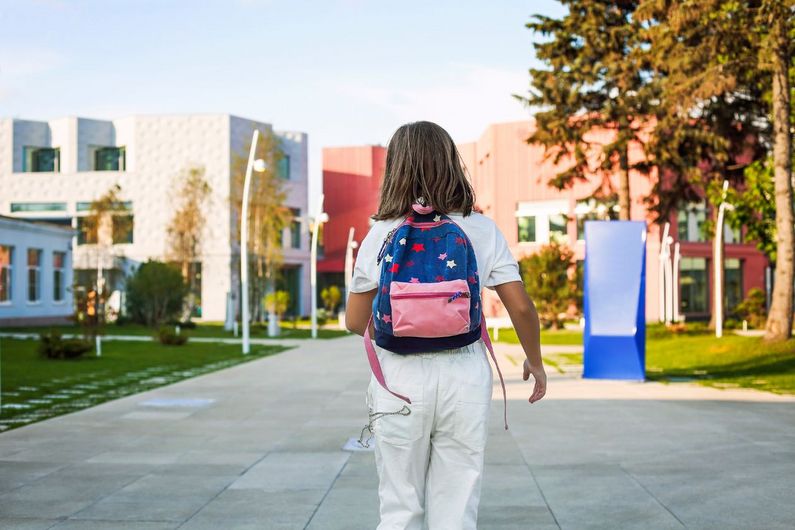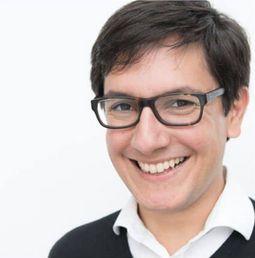Urban planning: Expanding the frontier for city schools
- UdeMNouvelles
02/26/2024
- Béatrice St-Cyr-Leroux
Urban planner and researcher Juan Torres shares his passion for visionary school design and more inclusive, sustainable communities.
“Schools are so much more than just buildings set in enclosed spaces – they're part of an experience for students and adults alike.”
That's the view of Juan Torres, a professor at Université de Montréal’s School of Urban Planning and Landscape Architecture.
His research focuses on involving young people in the design of the environments they occupy, and on examining how those environments determine their ease of mobility.
If we really want to improve school design in urban settings, Torres says, we have to change the way we envision schools.
“Schools are hubs where people meet, socialize and exchange ideas. They are embedded in their neighbourhoods and must be understood as a special component of urban infrastructure.”
'Individuals of the present'
“I don’t like hearing that children are ‘the citizens of tomorrow,’” Torres says. “People mean well, but children are individuals of the present. They are full, active contributors to their community.”
Children, he adds, shouldn't be considered “vulnerable beings who are not fully developed, who are lacking in skills” – a view reflected in the architecture of those sequestered spaces made to shelter children from the big, bad streets, not for fostering growth, that we call schools.
The role that schools can play in neighbourhoods – and cities generally – has to be re-thought, Torres believes. Cities should be a natural extension of the schoolyard: in school-oriented urban planning, schools begin with the community, as part of a broader vision for society, he says.
And this richer understanding of the role of schools must inform their design, he argues.
One of the first things to consider is location, since the distance from home to school dictates the means of transport students use to get from one to the other. Walking or cycling to school is a great way for them to boost their level of physical activity – good for their mind and body – and ensure they connect with the people and landscapes of their community.
'Valuable lessons'
“Getting to school this way also provides them with valuable lessons on how to navigate the uncertainty of public spaces and deal with them independently," Torres says. "It’s a sort of ‘pedestrian literacy’ they can only gain through experience. They can learn as much on the way to school as they do in the classroom.”
Torres also believes that the educational potential of urban spaces can help demystify cities and undo the perception parents have that they need to drive their children to school.
“It’s a vicious circle,” he says. “Our overprotective approach perpetuates our kids' vulnerability and increases risks to them and others. It’s often parents themselves (behind the wheel of their car) who turn school zones into danger zones.”
Torres adds that we need to start envisioning schools as shared, multifunctional resources. Opening up the school to the public could allow community organizations to offer activities there or municipalities to expand their sports-and-recreation programs, for example.
“Schools are structural focal points in a city,” Torres says. “A community isn’t complete without them.”












